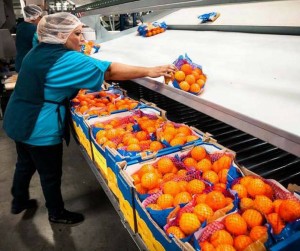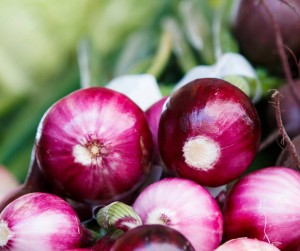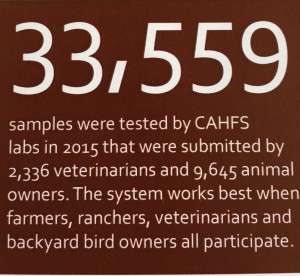Credit card crime happens all year long – but right now, when holiday travel and transactions are on the upswing, credit criminals are at their busiest. It’s a good time to learn what we’re doing to protect your credit/debit transactions from thieves who install hidden devices, often at service stations, to “skim” card info, passwords and related data during seemingly routine transactions like filling up the gas tank and other everyday purchases.
CDFA’s Division of Measurement Standards (DMS), in cooperation with county weights and measures officials, helps protect consumers and businesses from payment card “skimmer” fraud. DMS has also been working with the Sacramento Valley County Hi-Tech Crimes Task Force and the U.S. Secret Service to share information, provide training, and leverage our efforts to fight skimmer fraud. In addition, the State of California passed a law this year (AB 2307) that was signed by Governor Brown – requiring service agencies and service agents to report skimmers to law enforcement or to weights and measures authorities.
What are skimmers?
These are devices that are attached to any payment card (e.g., credit and debit card) reader that instantly steal the customer’s card information. They not only steal the information on the card but some also interact with the keypads and record personal identification numbers (PINs) as they are entered.
Payment card skimmers are a nationwide threat that is often perpetrated by organized crime. There is no region nor community – rural or urban – that is safe from skimmers in any payment card transaction. Once skimmers are installed they’re essentially invisible to the consumer and are really only detectable by personnel who are familiar with the technology and have occasion to look inside the gas pump or other device for inspections and repairs.
What else is being done about it?
The National Conference on Weights and Measures (NCWM), an organization I am honored to chair this year, is getting the word out to measurement standards officials around the country and also training state and local agencies to check for the presence of scanners, and notify law enforcement when they find them.
Another helpful solution is on the horizon – ‘chip readers,’ a piece of technology that scans the encrypted code that is embedded within most credit cards and render scanners ineffective. The deadline to equip motor fuel dispensers – or “gas pumps” – with chip-reading devices is October 2020. Until then, in an abundance of caution, you may wish to consider paying cash for your fuel purchases.















